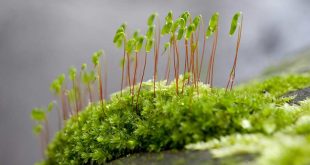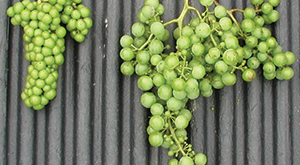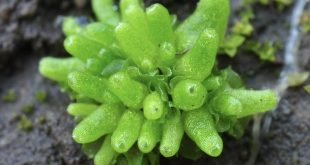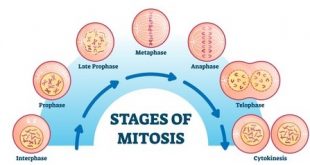Our living planet has a huge number of living organisms. We can’t know each of them properly without a proper format that going to direct us to know this variety and richness of organisms. That’s why we were introduce with a new term-CLASSIFICATION! What is Classification? The system of assembling …
Read More »TimeLine Layout
July, 2020
-
20 July
Carbohydrate: An Introduction to Carbs
Any of numerous substances that are produced by cells and living organisms are called Biomolecule or biological molecule. Biomolecules have a wide range of sizes and structures to perform a vast array of functions. There are four major types of biomolecules, they are- carbohydrates, lipids, nucleic acids and proteins. Carbohydrates …
Read More » -
20 July
Bryophyta: Classification, Distribution & Characteristics
Bryophyta is a division of non-flowering plants or embryophytes (land plants) characterized by rhizoids rather than true roots and having little or no organized vascular tissue and showing distinct alternation of generations: gamete bearing forms and spore bearing forms. Like all land plants (embryophytes), bryophytes have life cycle with alternation …
Read More » -
15 July
পরীক্ষার আগের রাতে পড়ার ট্রেন্ড
পরীক্ষার আগের রাতের পড়ার ট্রেন্ড আমরা অনেকেই এই কাজটার সাথে খুব পরিচিত। বিশেষ করে আমি এই পরীক্ষার আগের রাতে পড়ার সাথে শুধু পরিচিতই নয় বরং রীতিমতো অভ্যস্তও বটে। কিন্তু আজকে হঠাৎ করে মনে হলো নাহ্, বিষয়টা নিয়ে একটু আলোচনা প্রয়োজন তাই লিখতে বসা। তবে মূল কথা শুরু করার আগে জেনারেটর …
Read More » -
14 July
Gibberellin & Cytokinin
Gibberellin Gibberellins (GAs) are plant hormones that regulate various developmental processes, including stem elongation, germination, dormancy, flowering, flower development, and leaf and fruit senescence.1 They are one of the longest known plant hormones. A key part of the Green Revolution during the 1960s, which saw crop yields more than double, was the development of new dwarf varieties, many of which were later …
Read More » -
11 July
Theory of Abiogenesis and Biogenesis
The Debate over Spontaneous Generation after Van Leeuwenhoek discovered the previously “invisible” world of microorganisms, the scientific community of the time became interested in the origins of these tiny living things. Until the second half of the nineteenth century, many scientists and philosophers believed that some forms of life could …
Read More » -
11 July
Sphaerocarpales: The Engaging Bottle Liverworts
Bryophyte, traditional name for any non-vascular seedless plant. They are the nearest existing relative of early terrestrial plants. They can be found in all ecosystems of earth. Bryophytes are an unceremonious group consisting of three divisions the liverworts, hornworts and mosses . Here we will discuss about Sphaerocarpales, which is …
Read More » -
7 July
Auxin: The First Major Phytohormone to be Discovered
Growth: A process in which there is a change in the form and increase in size and weight by means of cell division, cell enlargement and cell differentiation. Development: A process in which growth, differentiation of organ, maturation and senescence take place in a regular sequence in the life history …
Read More » -
5 July
Phenols : Characteristics, Classification and Uses
What is Phenol? A large number of phenolic compounds which occur in plants as secondary metabolites are commonly known as Phenols. They are also known as Phenolies, Phenic acid, Benzenol and Carbolic acid.These compounds were first identified by German chemist Friedlieb Ferdinand Runge. They all are a chemical compounds consisting …
Read More » -
5 July
Mitosis: Equational Division and Its Stages
Mitosis is one kind of cell division that occurs in the somatic cells of the body. It produces two daughter cells in each division. The daughter cells have the same number of chromosomes as in mother cells. Therefore, the Haploid mother cell (n) will produce two haploid daughter cells (n) …
Read More »
 Plantlet The Blogging Platform of Department of Botany, University of Dhaka
Plantlet The Blogging Platform of Department of Botany, University of Dhaka









